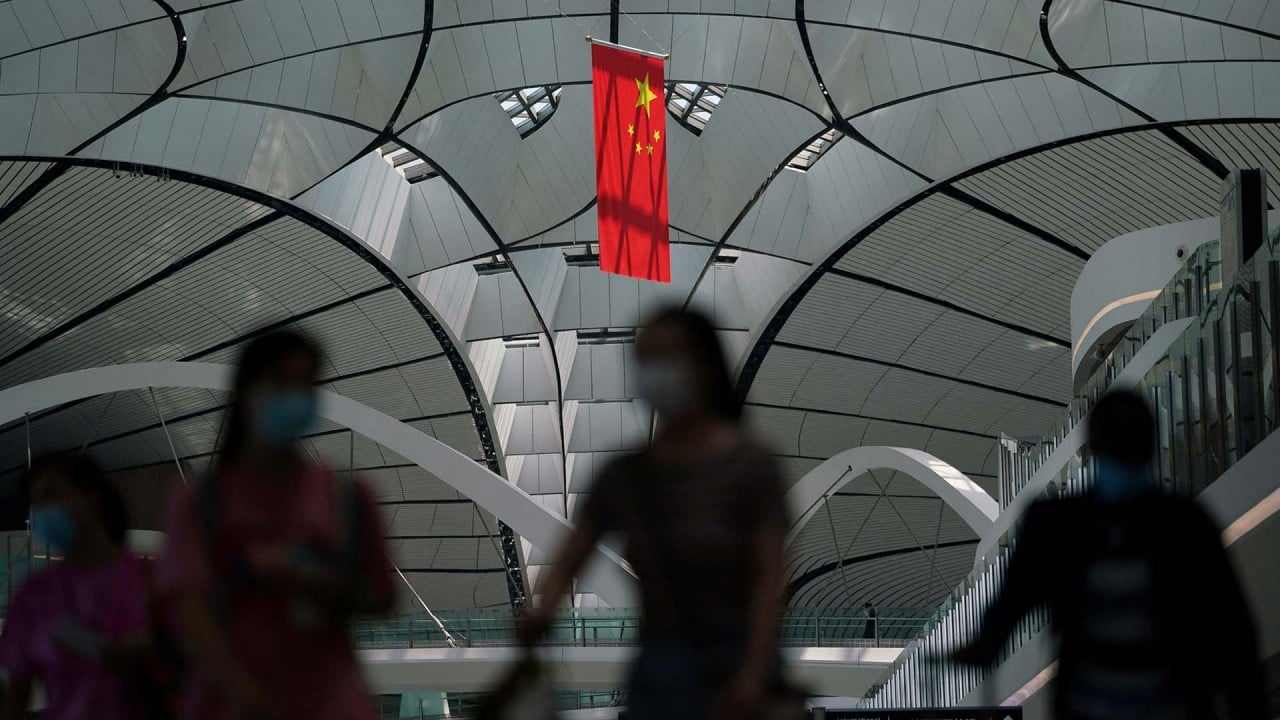
It’s going to be a struggle to bring foreign tourists back to China
- The formal scrapping of Covid tests was the latest measure to lure international visitors, as there is little sign that numbers are rebounding so far
- Geopolitical tensions are also keeping high-spending Western visitors away
In July, for example, it was announced that international travellers would be able to link foreign credit cards to the widely used e-payment apps WeChat Pay and Alipay (the latter owned by the SCMP’s parent company).
The move was designed to partly address the concerns of foreigners who would struggle to make payments in a largely cashless society and where many businesses – especially smaller ones –will not take international credit cards.
Before the pandemic, tourism and its related industries played a significant part in China’s economy, contributing around 11 per cent of GDP in 2018 and 2019.
But in 2022, the country’s zero-Covid policies meant there were essentially no international travellers, while the government said the revenue generated by domestic tourism was just over a third of pre-pandemic levels.
China to resume 15-day visa-free entry for Singaporeans
Since China scrapped its zero Covid policy in January, domestic tourism has picked up quickly, prompting government think-tanks such as the China Tourism Academy to predict that domestic tourist trips this year are expected to rebound to more than 90 percent of pre-pandemic levels and generate a revenue of 5 trillion yuan (US$686 billion), or more than 80 per cent of the pre-Covid figure.
But inbound tourism is another story.
Unlike in pre-Covid years, China has currently stopped releasing a breakdown of incoming travellers. In the first half of this year, there were only 8.4 million trips made by foreigners leaving or entering the country, compared with 48.8 million trips in 2019.
Mainland industry practitioners have attributed the decline to the lack of international flights, partly as a result of Russian airspace being closed to Western airlines because of the Ukraine war.
Other factors cited include the Great Firewall online and the need for foreigners to download Chinese mobile payment apps.
He pointed out that not only has the number of foreign tourists dropped, the composition of those visiting has greatly changed.
The number of visitors with much stronger spending power – from places such as Europe, the United States, Japan and South Korea – have dropped significantly, and have been replaced instead by people from places with less economic clout such as Russia, Mongolia, Myanmar and Vietnam.
Although both China and the United States have said they do not want to see economic decoupling, the travel warnings by both sides are hurting tourism.

In July, the US recommended Americans reconsider travelling to China because of arbitrary law enforcement, the risk of wrongful detention and use of exit bans. Beijing has demanded that the US withdraw the warning.
In an apparent retaliation, the Chinese embassy in Washington warned Chinese tourists to be aware of risks such as street robberies, being hit by high medical bills and being targeted by customs.
Another example of how geopolitical tension has an impact on tourism is the group travel destinations approved by Beijing.
Canada, which has had repeated clashes with China since the arrest of Huawei executive Meng Wanzhou and the subsequent detention of two Canadians on espionage charges, has been excluded from the list.
US-China flight increase good for tourism, but can it mend business ties?
With all this in mind, it will be hard for international tourism in China to pick up any time soon.
US Commerce Minister Gina Raimondo, who is currently visiting Beijing, has said she wants to boost tourism, adding that if the number of Chinese visitors to the US returns to 2019 levels, it will add US$30 billion to the economy and create 50,000 jobs.
If both sides want to halt the trend towards decoupling, tourism may be a good starting point because it can skirt round issues such as technological rivalry. But because mistrust is already deep rooted, it will still be an uphill task.


